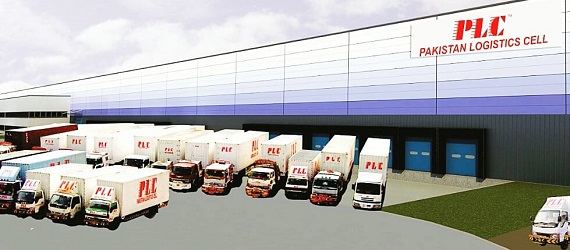Full Truck Load Multi-Stop
According to the research, carriers do reject multi-stop truckloads more often than single-stop. But they don’t reject them automatically. In fact, there are steps you can take to make multi-stop more attractive to carriers.
If you rely on multi-stop truckload shipping as part of your strategy, you owe it to yourself to learn how to work more effectively with your carriers—which can also improve acceptance levels for these loads and help you better control supply chain costs.

In a nutshell, we learned that 3 things increase the cost of multi-stop truckload:
- More additional stops. Carriers seem to view the move from single- to multi-stop as a material change in the destination pattern and consumed time, and charge accordingly. As you add the third and fourth stops, the incremental price increase is not as dramatic. That is because carriers know up front these are multi-stop loads.
- More out-of-route miles. When comparing single- and multi-stop loads, carriers look at total miles, time, and revenue. The more out-of-route miles there are, the higher the price and the lower the acceptance level.
- More market demand for trucks. Multi-stop takes longer than single-stop, and typically contributes less value to the fleet yield. Extra pickups and/or deliveries for multi-stop loads lead to longer transit times and loading or unloading delays. This impacts the driver’s HOS, as well as revenue generating miles overall. Which is why, given the choice, carriers choose single-stop loads over multi-stop.

